Sea level rise threatens terrestrial coastal aquaculture production
Published in Earth & Environment and Agricultural & Food Science
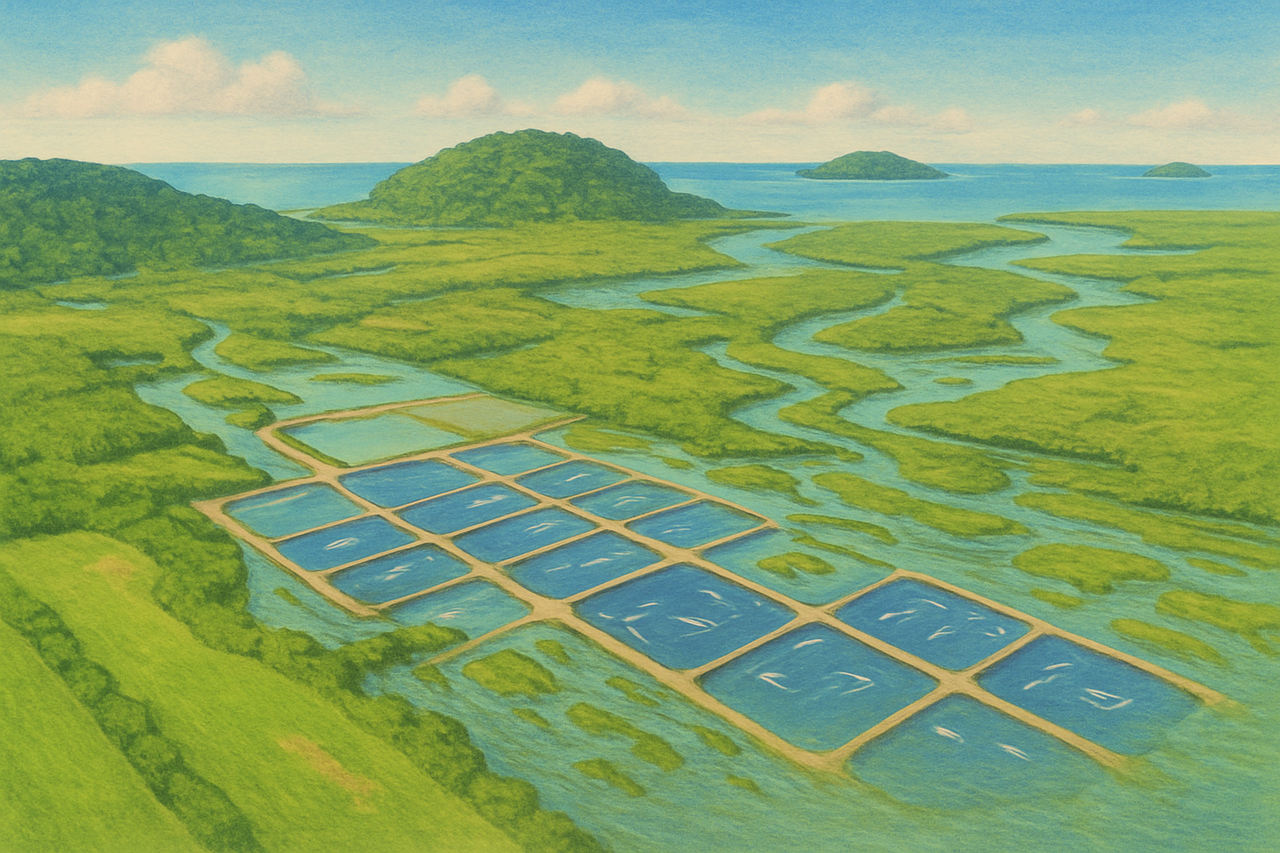
The full study is available at https://aquaculturesciencemanagement.biomedcentral.com/articles/10.1186/s44365-025-00009-3
Our key findings:
-
Around one-third of Australia’s coastal land-based aquaculture facilities are projected to be exposed to sea level rise by the end of the century.
-
In Queensland, over 43% of current productive aquaculture sites are expected to be impacted.
-
88% of currently productive prawn ponds and 42% of barramundi ponds are projected to face inundation.
- Estimated annual economic losses due to these impacts range between AUD$12.6–22.6 million for barramundi and AUD$36.9–127.6 million for prawns by 2100.
Why sea level rise?
Sea level rise is one of the most direct and damaging consequences of climate change. As global temperatures rise, melting ice sheets and thermal expansion are causing the ocean to rise at an average of 3.4 mm per year. This may sound small, but the impacts accumulate rapidly—especially in low elevation coastal zones (LECZs), where infrastructure is often dense and economic assets, like industrial facilities and residential developments, hold a high value.
For coastal infrastructure, even modest sea level increases lead to more frequent and severe inundation, flooding, saltwater intrusion, and erosion—damaging roads, buildings, and critical services. When combined with high tides, storm surges, and waves, the risks multiply.
How can sea level rise impact terrestrial, coastal aquaculture?
Sea level rise poses a significant threat to coastal, land-based aquaculture by increasing the risk of both temporary and long-term inundation. These impacts can disrupt man-made ponds, compromise water quality, damage essential and accessory infrastructure (like raceways, ponds, roads and buildings) and lead to stock escape and to saltwater intrusion into freshwater systems.
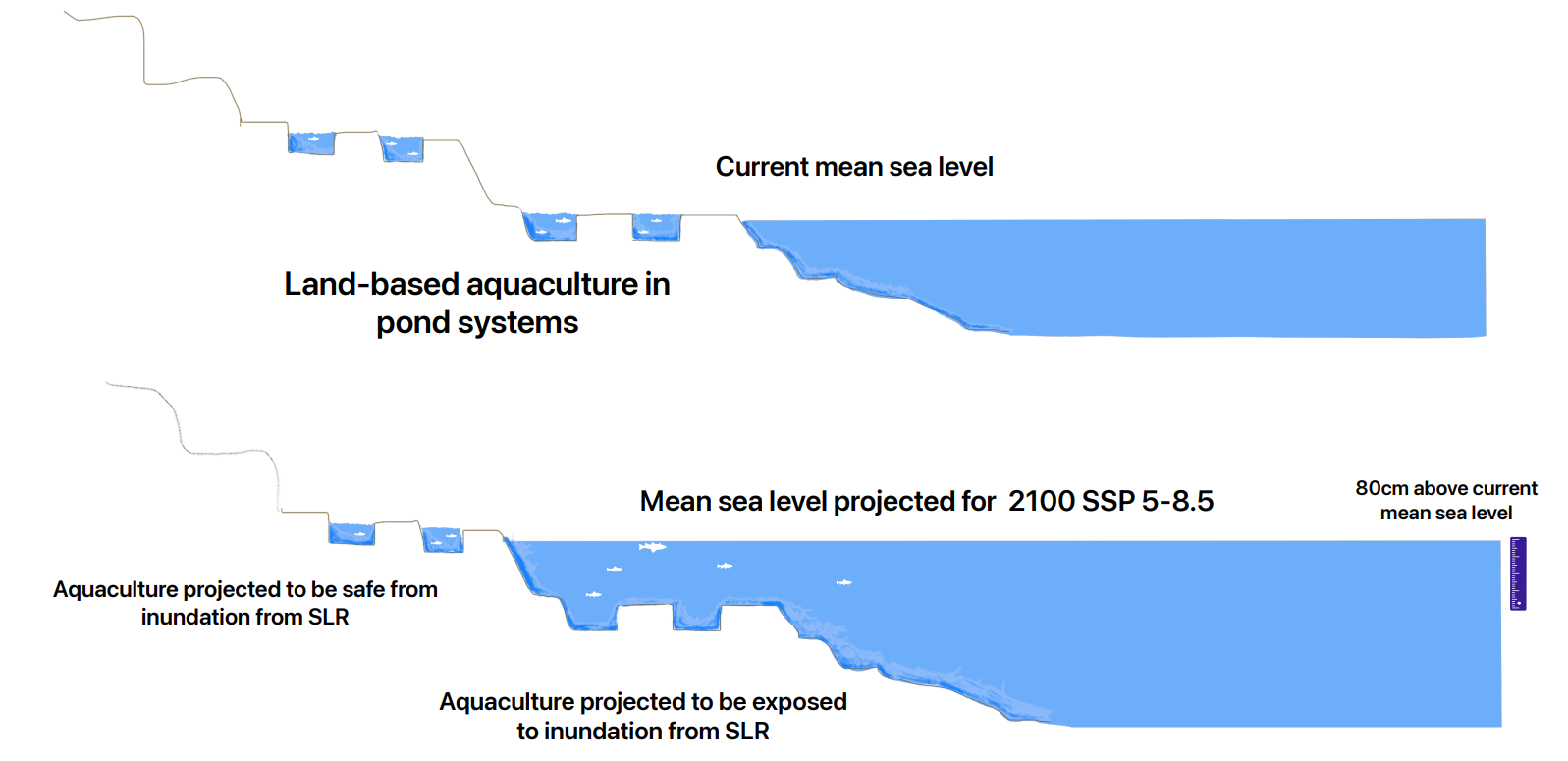
Why Queensland, Australia?
Queensland is Australia’s largest producer of land-based (terrestrial) aquaculture, with most production occurring in coastal pond-based systems. However, under high-emissions scenarios, Queensland is also projected to experience a sea level rise of approximately 0.8 meters by 2100—placing its aquaculture industry at considerable risk. Queensland is a relatively small aquaculture producer globally, but with state and national targets to expand production in coming years, understanding these risks can help the industry be more sustainable and resilient in the long-term.
Why does it matter?
Aquaculture plays a critical role in global food security, livelihoods, and local economies. As sea level rise threatens coastal, land-based aquaculture areas, it not only poses risks to physical infrastructure but also the sustainability of production. Over time, affected regions may become unsuitable for farming, endangering investments, reducing supply, and impacting the communities and industries that rely on aquaculture products for food and livelihoods. When we explored this issue in a small subset of the world (Queensland, Australia), we expect to see similar results in other areas with coastal, terrestrial aquaculture production and rising seas. Given the global nature of seafood trade, aquaculture production losses in one area will impact supply in other areas. Careful planning is needed to ensure aquaculture production locations are equipped to deal with changing environmental conditions in the short and long-term.
What can be done?
Adapting to sea level rise in coastal aquaculture requires a strategic and multifaceted response. Climate-informed planning can guide new developments toward lower-risk areas, while vulnerable sites may need to be relocated or retrofitted. Infrastructure upgrades—such as elevated platforms, barriers, and protective fencing or netting around ponds and reservoirs—can help reduce damage from inundation, debris while preventing stock escapes. Restoring coastal ecosystems like mangroves also offers natural protection against storm surge and erosion. Targeted government support through policy, funding, and research will be key to enabling proactive and locally appropriate adaptation.
The finer details - data and methods:
To report exposure, we verified how projected sea level rise hazard overlapped with the land-based aquaculture systems including ponds and open water and also the land permitted for aquaculture activities using geospatial data.
We used projected coastal inundation and erosion layers under a high-emissions scenario for 2100, along with spatial data on current aquaculture permit sites and designated Aquaculture Development Areas (ADAs), all sourced from the Queensland Government. Additionally, we developed a novel dataset by detecting water bodies (i.e., aquaculture ponds) using the Normalized Difference Water Index (NDWI) derived from satellite imagery in Google Earth Engine to be able to identify areas that were actively undertaken aquaculture production, as opposed to being leased for aquaculture but not actively producing.
Our methodology provides a scalable framework to assess climate-related risks to terrestrial, coastal aquaculture and can also inform assessments of coastal infrastructure vulnerability more generally.
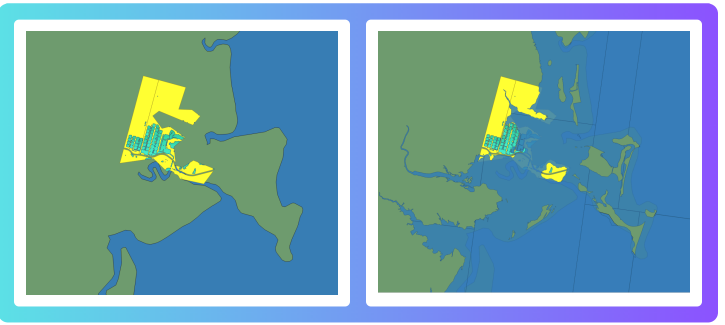
Follow the Topic
-
Aquaculture Science and Management

This is an open access peer-reviewed journal that aims to publish innovative research about the management of aquaculture species, the related food security considerations, and the industry’s relationship with the environment.
Related Collections
With Collections, you can get published faster and increase your visibility.
Impact of Aeromonas hydrophila on Aquaculture: Inflammation, Intestinal Changes, and Antioxidant Responses
The impact of Aeromonas hydrophila on aquaculture is a critical area of research that warrants our continued attention and advancement. This bacterium is a significant pathogen affecting a wide range of aquatic species, leading to severe economic losses and posing challenges to food security. Understanding the mechanisms by which Aeromonas hydrophila induces inflammation, alters intestinal morphology, and triggers antioxidant responses is essential for developing effective management strategies. As aquaculture continues to expand globally, the need for sustainable practices becomes increasingly urgent. By advancing our collective understanding in this area, we can enhance the health and welfare of aquaculture species, ultimately contributing to the sustainability of the industry.
Recent advances in the field have shed light on the histopathological changes associated with Aeromonas hydrophila infections. Researchers have identified specific inflammatory markers and alterations in intestinal morphology that can serve as indicators of disease progression. Furthermore, studies have explored the role of antioxidants in mitigating the oxidative stress caused by this pathogen, providing insights into potential therapeutic interventions. These findings not only enhance our understanding of the disease mechanisms but also pave the way for the development of targeted treatments and management practices.
Looking ahead, the potential for future advances in this research area is promising. As technology continues to evolve, we may see the emergence of novel diagnostic tools that allow for early detection of Aeromonas hydrophila infections. Additionally, advancements in genetic research could lead to the development of disease-resistant aquaculture strains, reducing the reliance on antibiotics and other chemical treatments. Furthermore, interdisciplinary approaches that integrate environmental monitoring and management strategies could enhance our ability to mitigate the impacts of this pathogen on aquaculture systems.
We invite researchers to contribute to this special Collection on the Impact of Aeromonas hydrophila on Aquaculture: Inflammation, Intestinal Changes, and Antioxidant Responses. Topics of interest include but are not limited to:
- Mechanisms of inflammation in fish - Intestinal morphology alterations - Histopathological studies of Aeromonas infections - Antioxidant responses in aquaculture species - Disease management strategies - Genetic resistance to Aeromonas hydrophila - Environmental factors influencing disease outbreaks - Impacts on aquaculture sustainability
This Collection supports and amplifies research related to SDG 14, Life Below Water .
All submissions in this collection undergo the journal’s standard peer review process. Similarly, all manuscripts authored by a Guest Editor(s) will be handled by the Editor-in-Chief. As an open access publication, this journal levies an article processing fee (details here). We recognize that many key stakeholders may not have access to such resources and are committed to supporting participation in this issue wherever resources are a barrier. For more information about what support may be available, please visit OA funding and support, or email OAfundingpolicy@springernature.com or the Editor-in-Chief.
Publishing Model: Open Access
Deadline: Mar 06, 2026

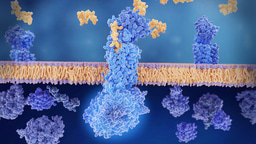

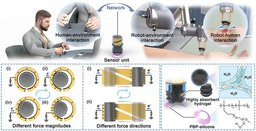

Please sign in or register for FREE
If you are a registered user on Research Communities by Springer Nature, please sign in